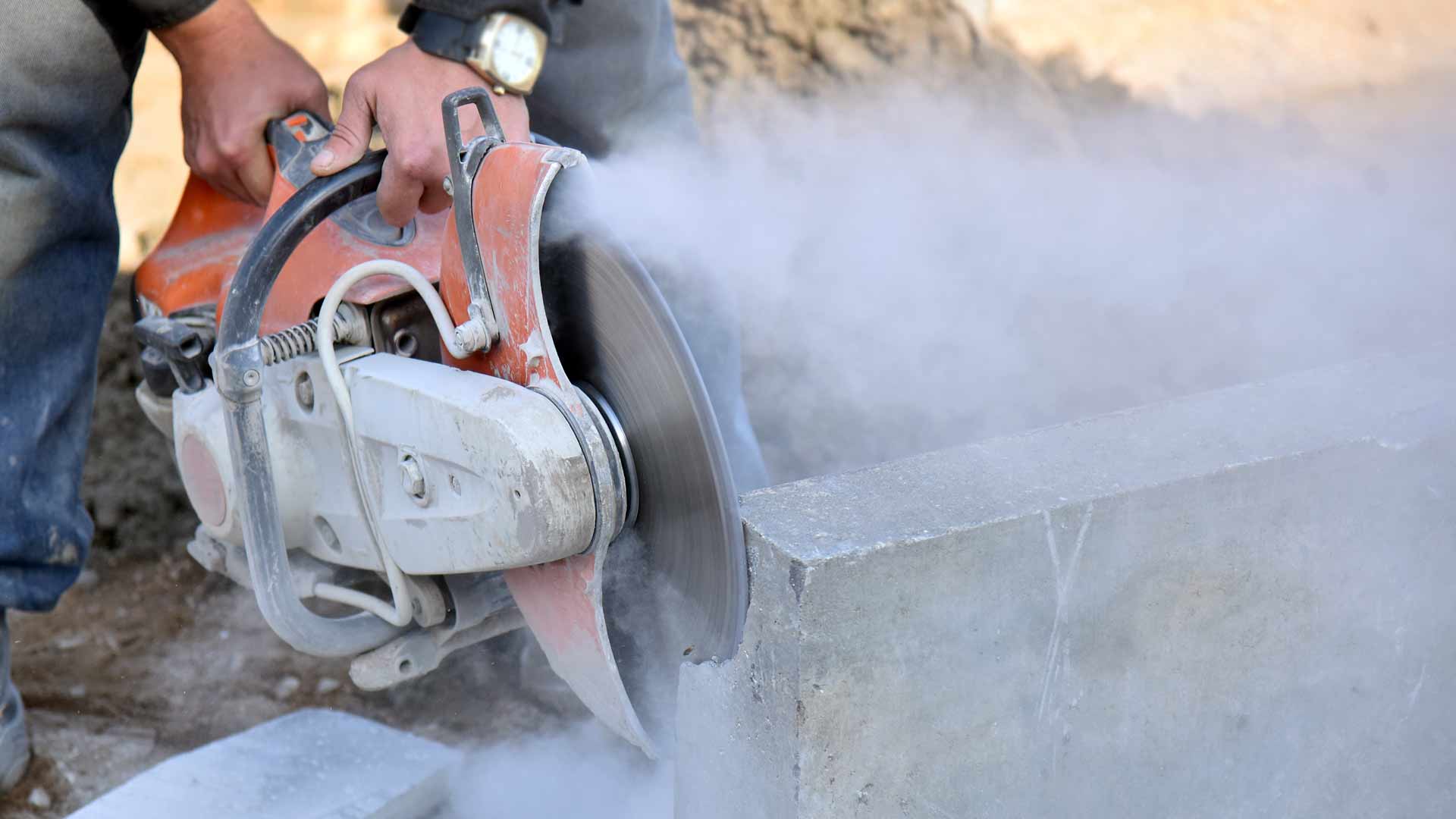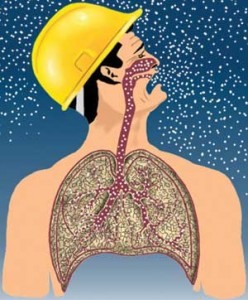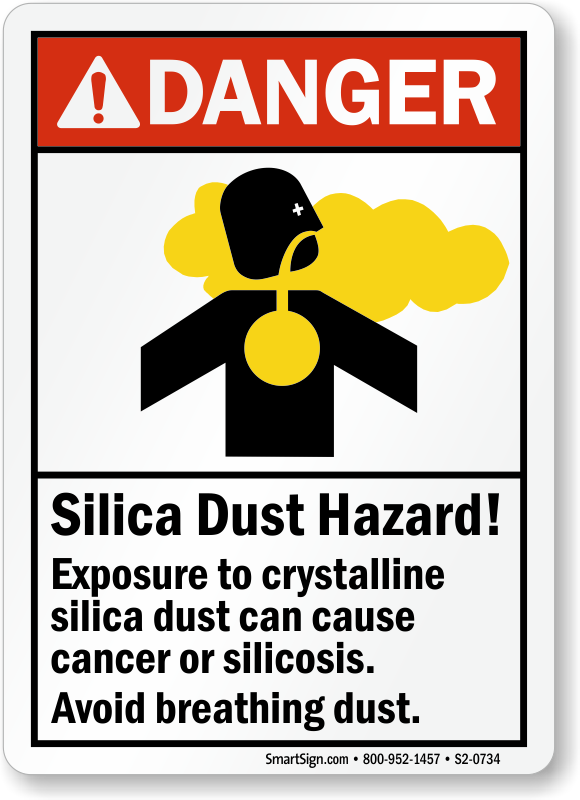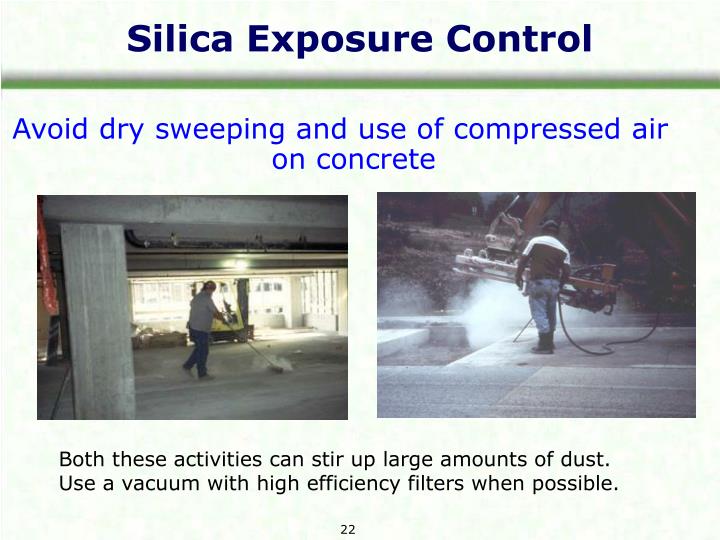

The Himalayan villages of Chuchot, Shamma, and Stok were surveyed because silicosis had been suspected from radiographs of some of the habitants. Norboo et al., reported silicosis in a Himalayan village population. The disease was classified as pneumoconiosis instead of silicosis, probably due to a different interpretation when reading the chest X-ray films or due to lack of environmental data confirming silica dust exposure. The causative factors were suggested to be dust storms in spring and summer and an indoor air pollution but information regarding the frequency, duration and severity of dust storms, dust concentrations, particle size distributions, and the relation between soot and the pneumoconiosis is clearly lacking.

A total of 449 subjects were studied from three villages called Saboo, Shey, and Chushot, the prevalence of pneumoconiosis in these villages was 2.0, 20.1, and 45.3%, respectively. An epidemiological survey was carried out by them to investigate the occurrence of non-occupational pneumoconiosis in central Ladakh, India, where there are no mines or industries. The first major study of environmental exposure to silica dust in India was reported by Saiyed et al. Afterwards, Farina and Gambini reported a rare case of silicosis from inhalation of desert sand. Sepke reported silicosis from street dust in 1961. NON-OCCUPATIONAL EXPOSURE TO SILICA DUST FROM NON-INDUSTRIAL SOURCES Several cases of non-occupational silicosis from non-industrial sources have recently been reported which are summarized below. Silicosis is a very well-established disease, but the importance of this disease has been underestimated as an environmental disease. But, there have been very few studies which suggest that there can be non-occupational silicosis also. Relation between occupational exposure and prevalence of silicosis and silico-tuberculosis has been established beyond doubt in many occupations. Non-occupational exposure from industrial sources occurs when dust emitted from factories like quartz crushing, agate grinding, ceramics, slate pencil, mining and milling of sand stones, silica flour milling, granite, etc., goes to the environment and people staying in the vicinity are affected. Some farming, construction, and demolition activities also contribute to the environmental exposure. Non-occupational exposure from non-industrial sources occurs naturally due to desert dust and sand storms in hilly areas. Non-occupational exposure to silica dust can be from industrial as well as nonindustrial sources. Non-occupational exposures are rarely estimated or measured in community environment or in the vicinity of silica-based industry. Recently, public concern regarding non-occupational or ambient exposure to crystalline silica has emerged, making it important to gather information available on non-occupational exposures and non-occupational silicosis. Workers are exposed to dust containing crystalline silica for about 8 h per day and are at the risk of developing silicosis and silico-tuberculosis.


The exposure to crystalline silica can be occupational or non-occupational. Silica has also been classified as a carcinogen by International Agency for Research on Cancer (IARC). It also increases the risk of tuberculosis, nonmalignant renal disease, and autoimmune diseases. The exposure to silica dust produces lung diseases like silicosis and silico-tuberculosis. Crystoballite and tridymite are products of high temperatures and may be observed in volcanic ash and are rarely found in industrial samples. Although identical chemically, they differ from each other in their crystal structure.
Silica exposure free#
Free silica occurs in different polymorphic forms like quartz, cristobalite, tridymite, and tripoli. When combined with other elements, the compound is called silicate. Pure crystalline silica that is not combined with any other elements is called free silica.


 0 kommentar(er)
0 kommentar(er)
